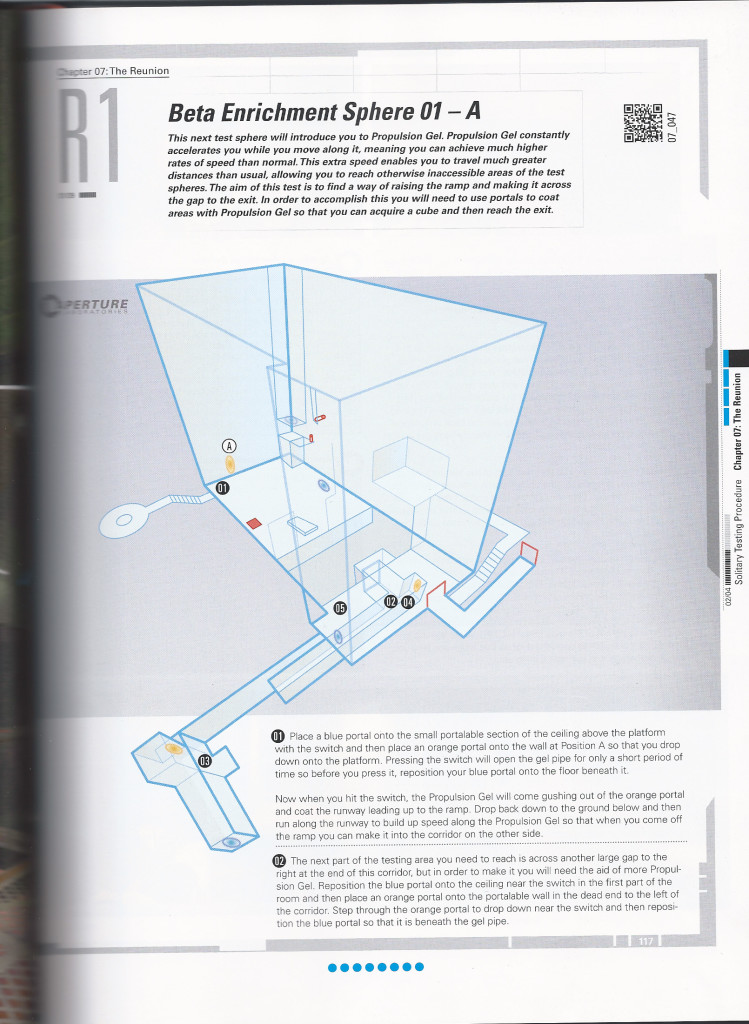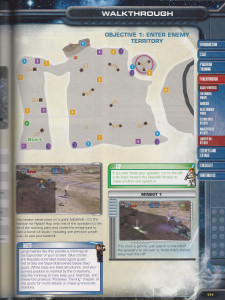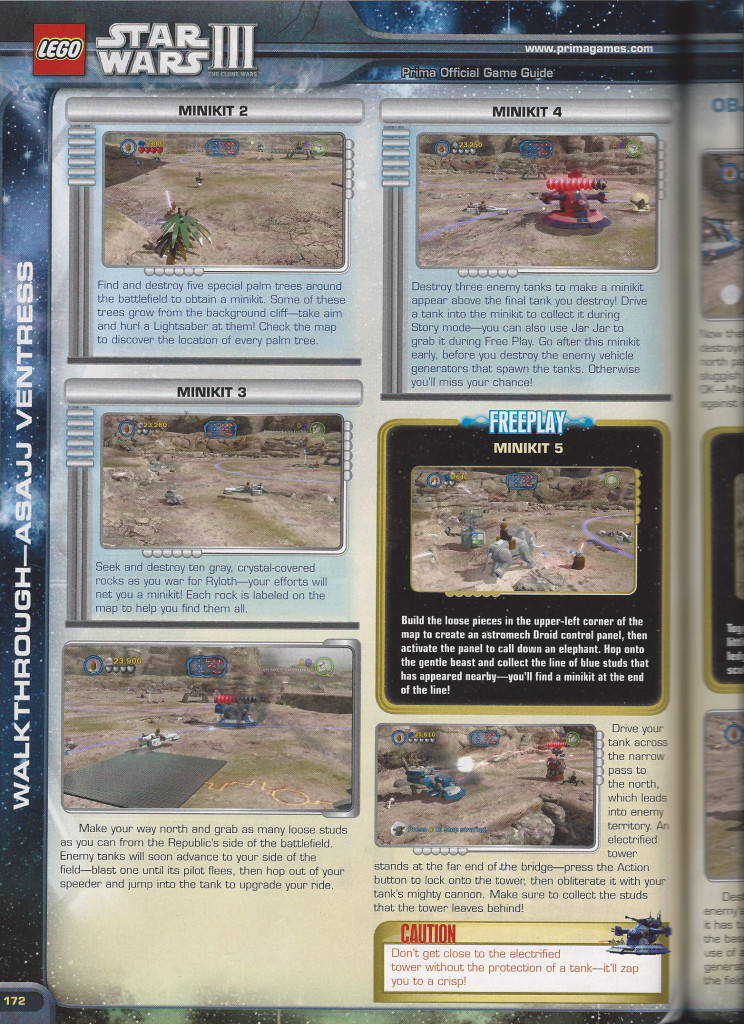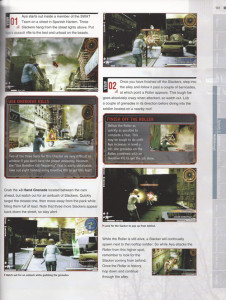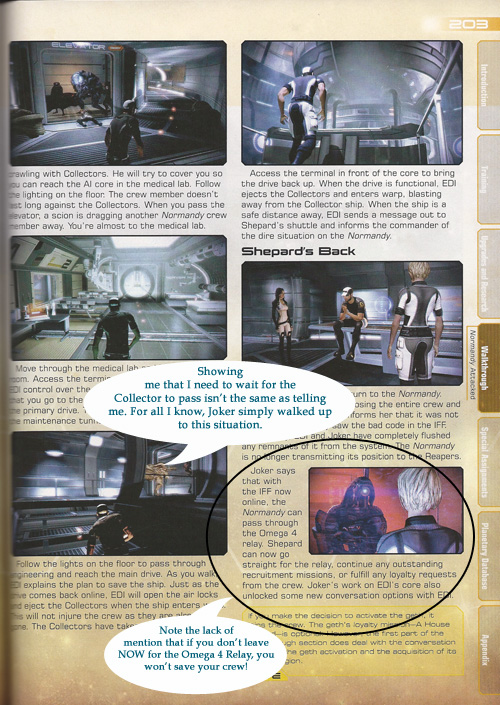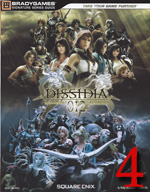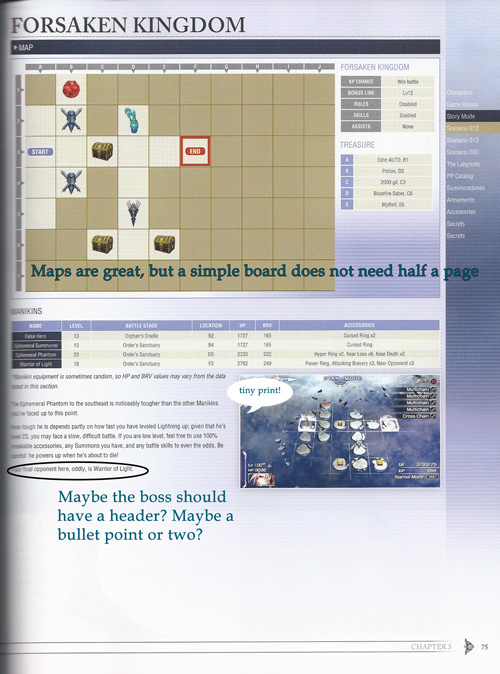 Part of the fun of playing games in the Portal franchise is trying to figure out all of these insane puzzles yourself, as it really is VERY rewarding to do so. At times that reward feels like you’re an idiot for making things really hard on yourself, but it’s still immensely satisfying no matter what the aftertaste is. However, patience runs thin for many of us, so for those puzzles that do make you pull your hair out because you have no idea where to go or how to get to a certain point, Future Press’s Portal 2 Strategy Guide is your life line for keeping you away from Cave Johnson’s insanity.
Part of the fun of playing games in the Portal franchise is trying to figure out all of these insane puzzles yourself, as it really is VERY rewarding to do so. At times that reward feels like you’re an idiot for making things really hard on yourself, but it’s still immensely satisfying no matter what the aftertaste is. However, patience runs thin for many of us, so for those puzzles that do make you pull your hair out because you have no idea where to go or how to get to a certain point, Future Press’s Portal 2 Strategy Guide is your life line for keeping you away from Cave Johnson’s insanity.
One thing I really appreciated were the warnings/suggestions at the beginning of the single-player and co-op chapters, where it strongly urged players to only use the guide when they were stuck. I can’t recall any guide saying that, not even the original Portal strategy guide. Granted, the reason why people buy a strategy guide is for assistance, but it’s nice that the writers asked users to try to work out the puzzles on your own, because really, you won’t get the beauty of the game without trying on your own.
Thankfully, the rest of the Portal 2 strategy guide is great and doesn’t hide behind this suggestion to mask any deficiencies. The guide is divided by campaign, chapter, and then chamber. The start of every chamber has a clear map–multiple maps if the level has multiple areas–with marked orange and blue portal placements. Each placement is numbered to correspond with the numbered paragraphs in the walkthrough. So if you just look at the guide whenever you have a quick question, it’s extremely easy to find what you need within seconds.
And if you just don’t understand how to implement their advice, you can use the little QR codes at the top of every chamber. Register your strategy guide online at Future Press, and then you can type in the QR code and watch a short clip of how to solve the puzzle. Just be prepared to perform a hefty face palm after you watch the videos.
 In addition to the maps, the strategy guide does include various screenshots with the walkthroughs to help point out where you should place your gels or your portals. The maps do a fairly great job of depicting portal, light bridge, and funnel placements, but they don’t show where to place the gels. I find this to be a good thing, because otherwise the maps would be a mess of blue and orange. Instead, the screenshots depict a mess of blue and orange, but at least there, it’s easier to decipher and that’s what you’re going to be seeing anyway.
In addition to the maps, the strategy guide does include various screenshots with the walkthroughs to help point out where you should place your gels or your portals. The maps do a fairly great job of depicting portal, light bridge, and funnel placements, but they don’t show where to place the gels. I find this to be a good thing, because otherwise the maps would be a mess of blue and orange. Instead, the screenshots depict a mess of blue and orange, but at least there, it’s easier to decipher and that’s what you’re going to be seeing anyway.
Within the walkthrough paragraphs, there are also callout boxes–marked with a nifty Aperture Science logo–for speed tips, hidden Achievements/Trophies, warnings, etc. I most likely wouldn’t have racked up half of the random Achievements without these callout boxes, because I never would have thought to head to certain areas or do certain completely random things. I was too busy laughing at all of the dialogue or trying to figure out how to make a jump without dying.
Of course, in true Future Press fashion, there is more to the guide than help with the single-player and co-op campaigns. There is an artwork section, explanations of the Portal universe, interviews with the devs in the Collector’s Edition, AND a speed run guide for the first Portal game. I personally didn’t try out the speed runs because as I stated earlier, I didn’t enjoy the first game. However, I did watch the movie clips, and I can attest that these guys definitely know what they are doing. I watched most of them with my lower jaw in my lap.
However, my personal favorite feature of the Collector’s Edition guide is the two woven bookmarks included: one is orange and one is blue.
To make a long story short, the Portal 2 strategy guide is flawless and offers everything anyone could want to get the most out of both Portal games and the Portal universe.
SGR Rating: 5/5
Authors and Publisher: Future Press
Editions Available: Paperback and Collector’s Edition
Acquired via Publisher
